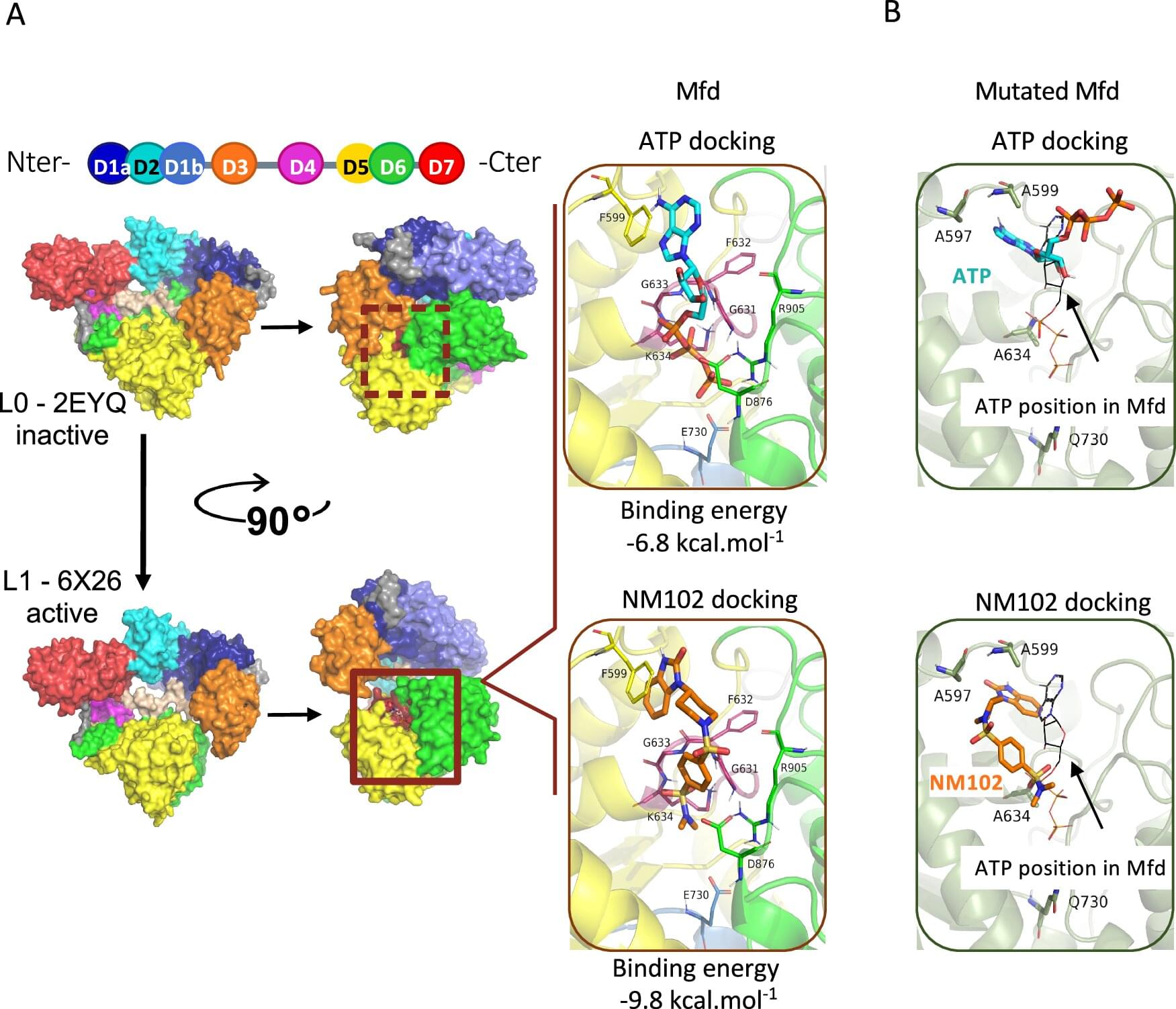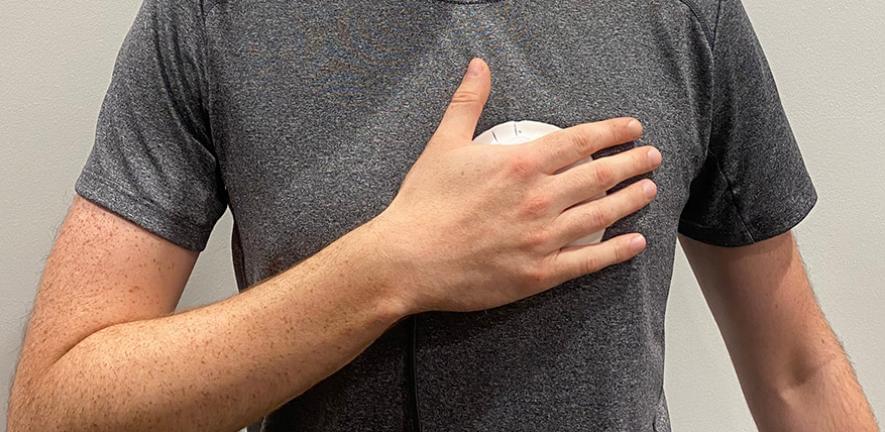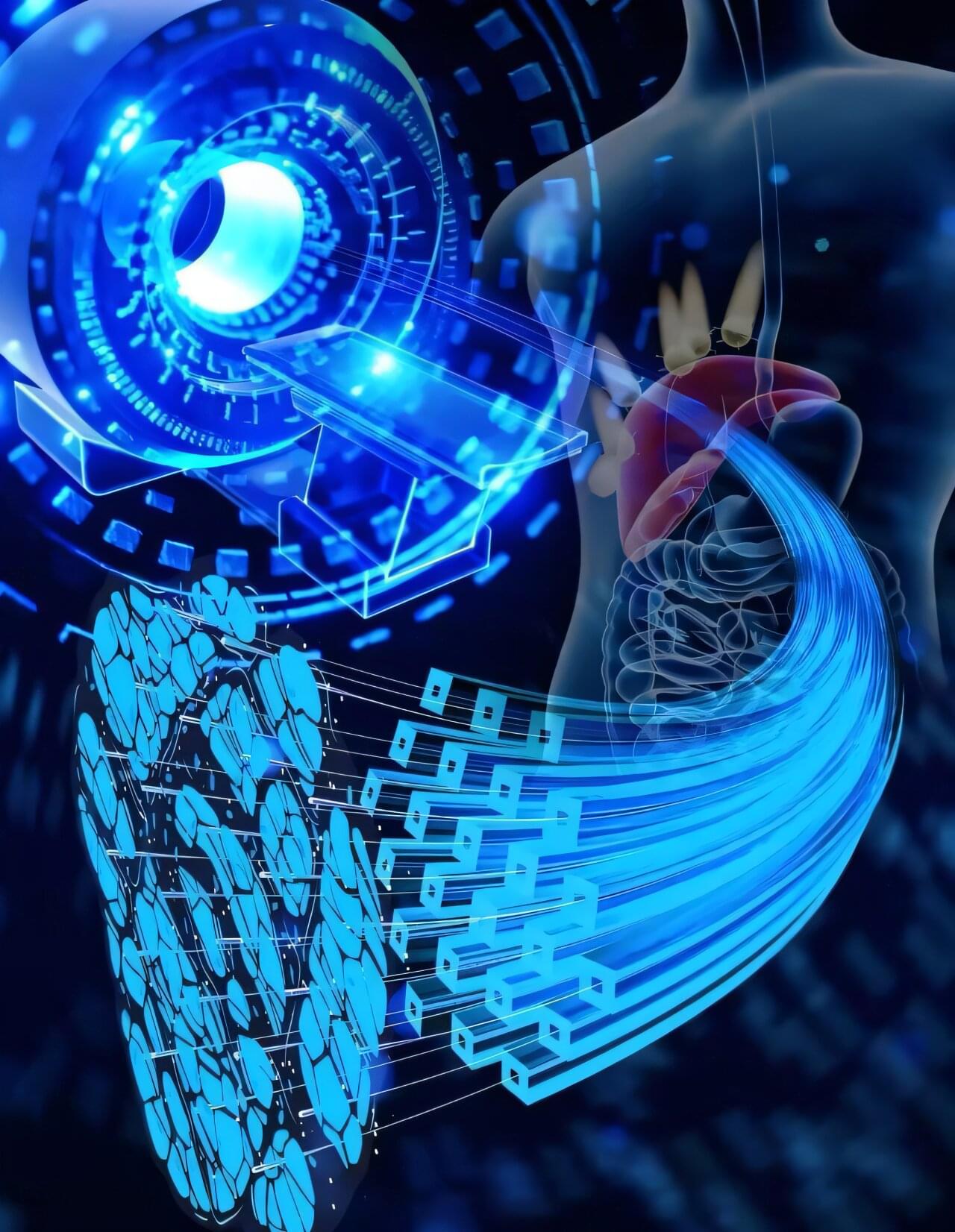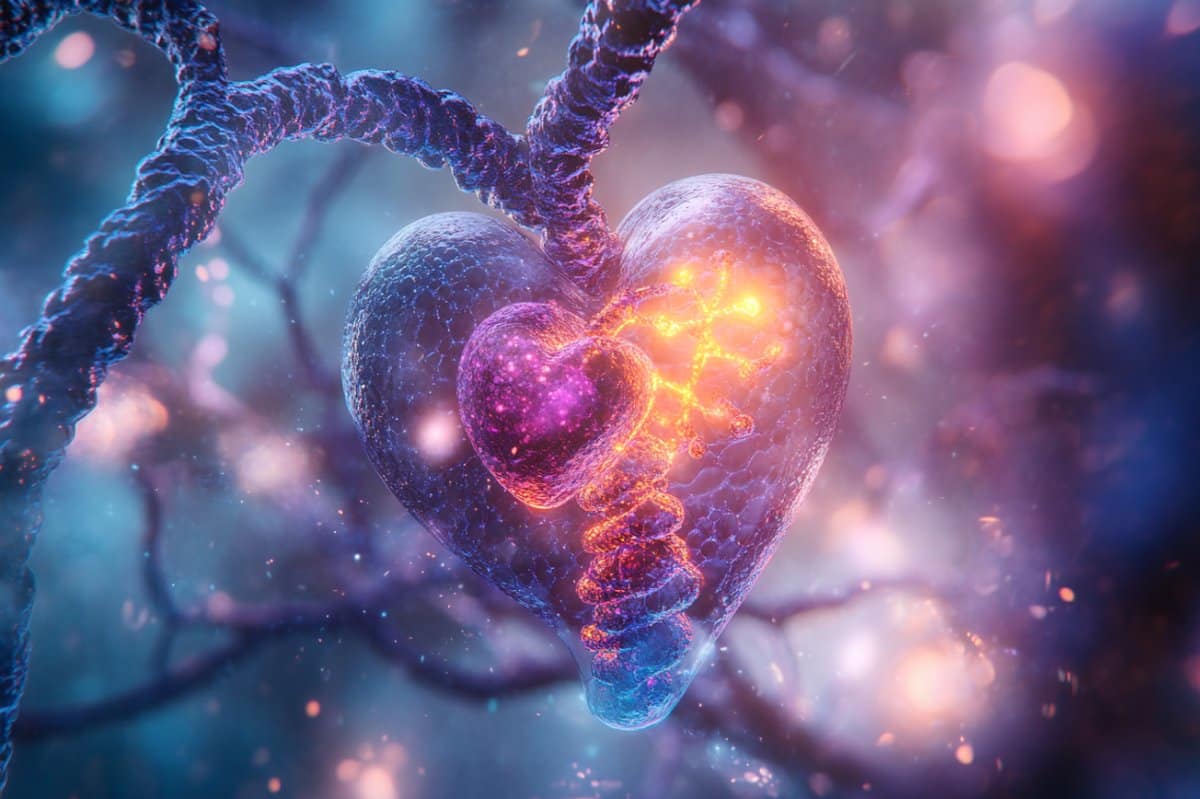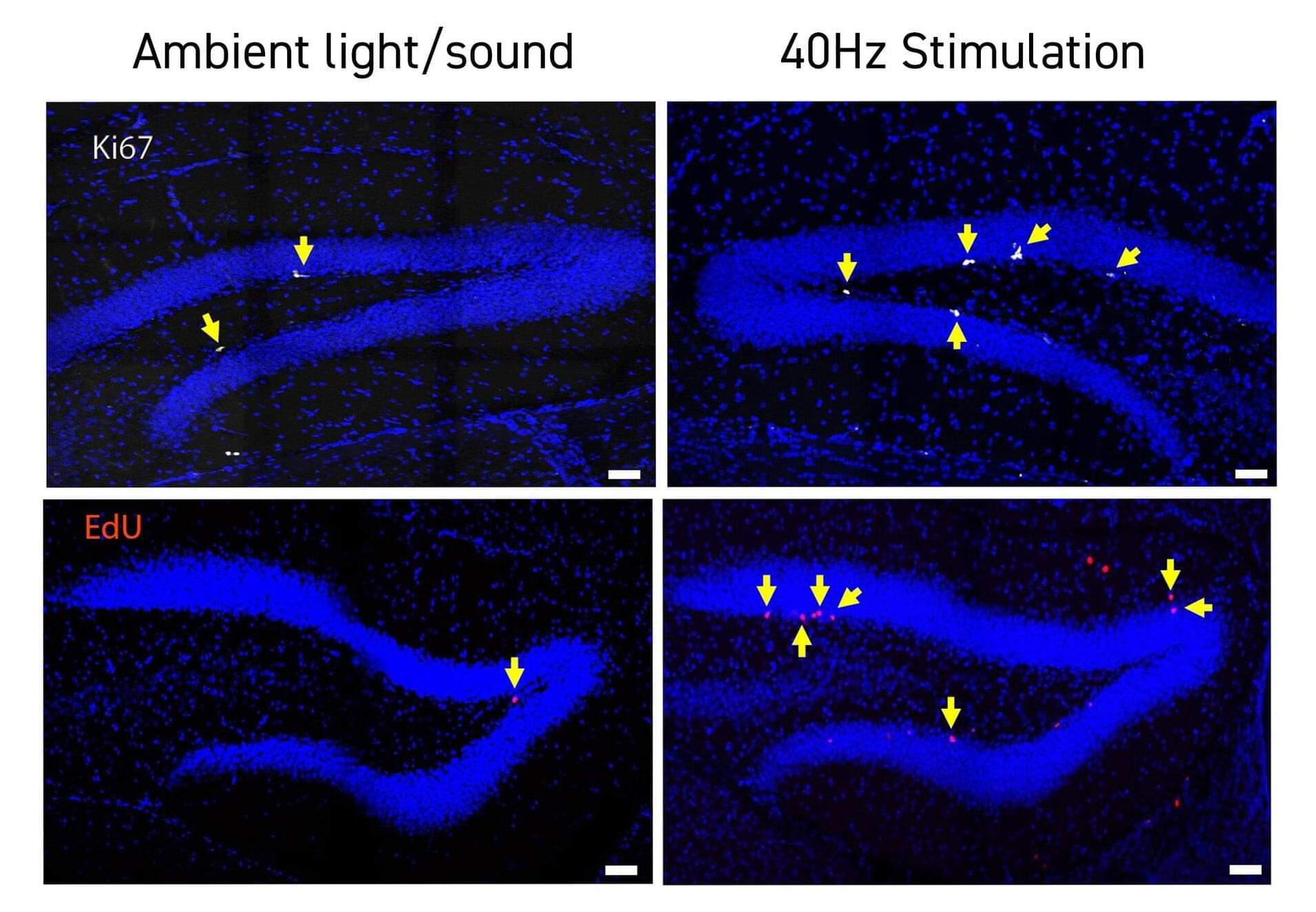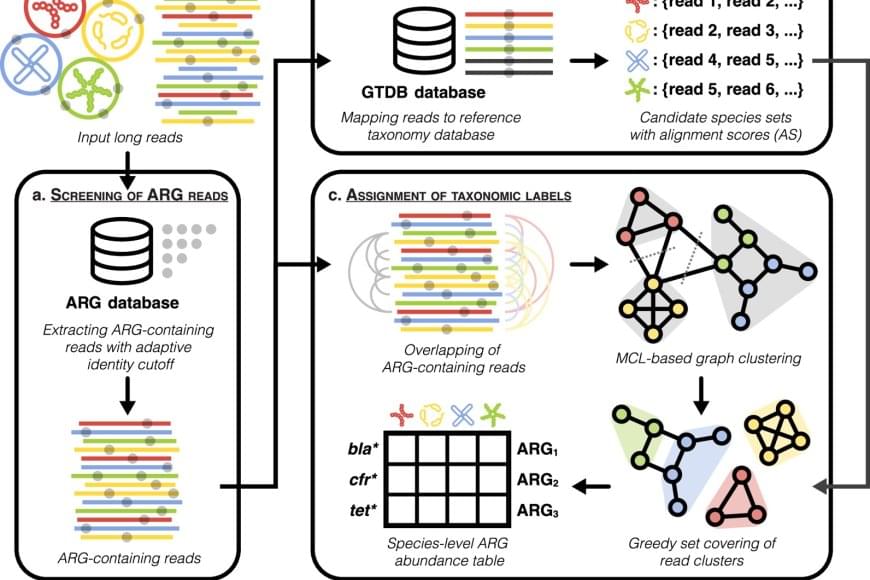A consortium of researchers with multidisciplinary skills, coordinated by INRAE and including the CNRS, the Université Paris-Saclay and Inserm, has identified a molecule capable of “disarming” pathogenic bacteria in the face of the immune system, without any negative effects on the host microbiota, promising a new strategy to combat antibiotic resistance.
These results, already patented and recently published in Nature Communications, are leading to the development of new drugs.
Antibiotic resistance is a major public health issue. According to the WHO, 5 million people die every year worldwide as a result of antibiotic resistance. This could become the leading cause of death by 2050.
